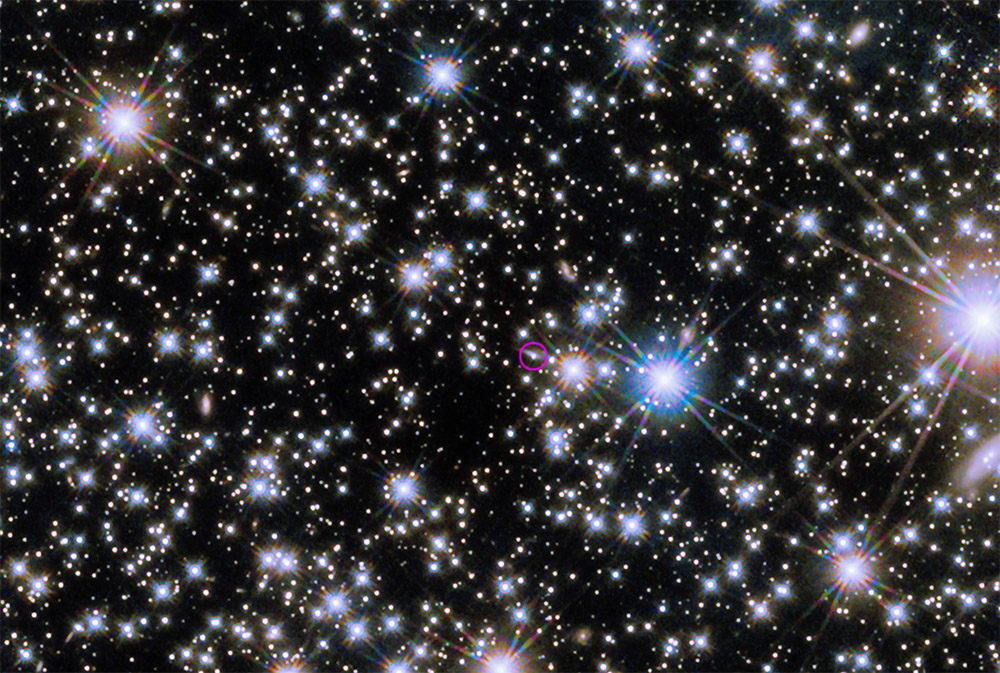NASA Missions Study What May Be a 1-In-10,000-Year Gamma-ray Burst
On Sunday, Oct. 9, 2022, a pulse of intense radiation swept through the solar system so exceptional that astronomers quickly dubbed it the BOAT – the brightest of all time.
The source was a gamma-ray burst (GRB), the most powerful class of explosions in the universe.

The burst triggered detectors on numerous spacecraft, and observatories around the globe followed up. After combing through all of this data, astronomers can now characterize just how bright it was and better understand its scientific impact.
“GRB 221009A was likely the brightest burst at X-ray and gamma-ray energies to occur since human civilization began,” said Eric Burns, an assistant professor of physics and astronomy at Louisiana State University in Baton Rouge. He led an analysis of some 7,000 GRBs – mostly detected by NASA’s Fermi Gamma-ray Space Telescope and the Russian Konus instrument on NASA’s Wind spacecraft – to establish how frequently events this bright may occur. Their answer: once in every 10,000 years.
The burst was so bright it effectively blinded most gamma-ray instruments in space, which means they could not directly record the real intensity of the emission. U.S. scientists were able to reconstruct this information from the Fermi data. They then compared the results with those from the Russian team working on Konus data and Chinese teams analyzing observations from the GECAM-C detector on their SATech-01 satellite and instruments on their Insight-HXMT observatory. Together, they prove the burst was 70 times brighter than any yet seen. […]
Read more in the original article: NASA
🇵🇹 Versão portuguesa disponível aqui


Leave a Reply